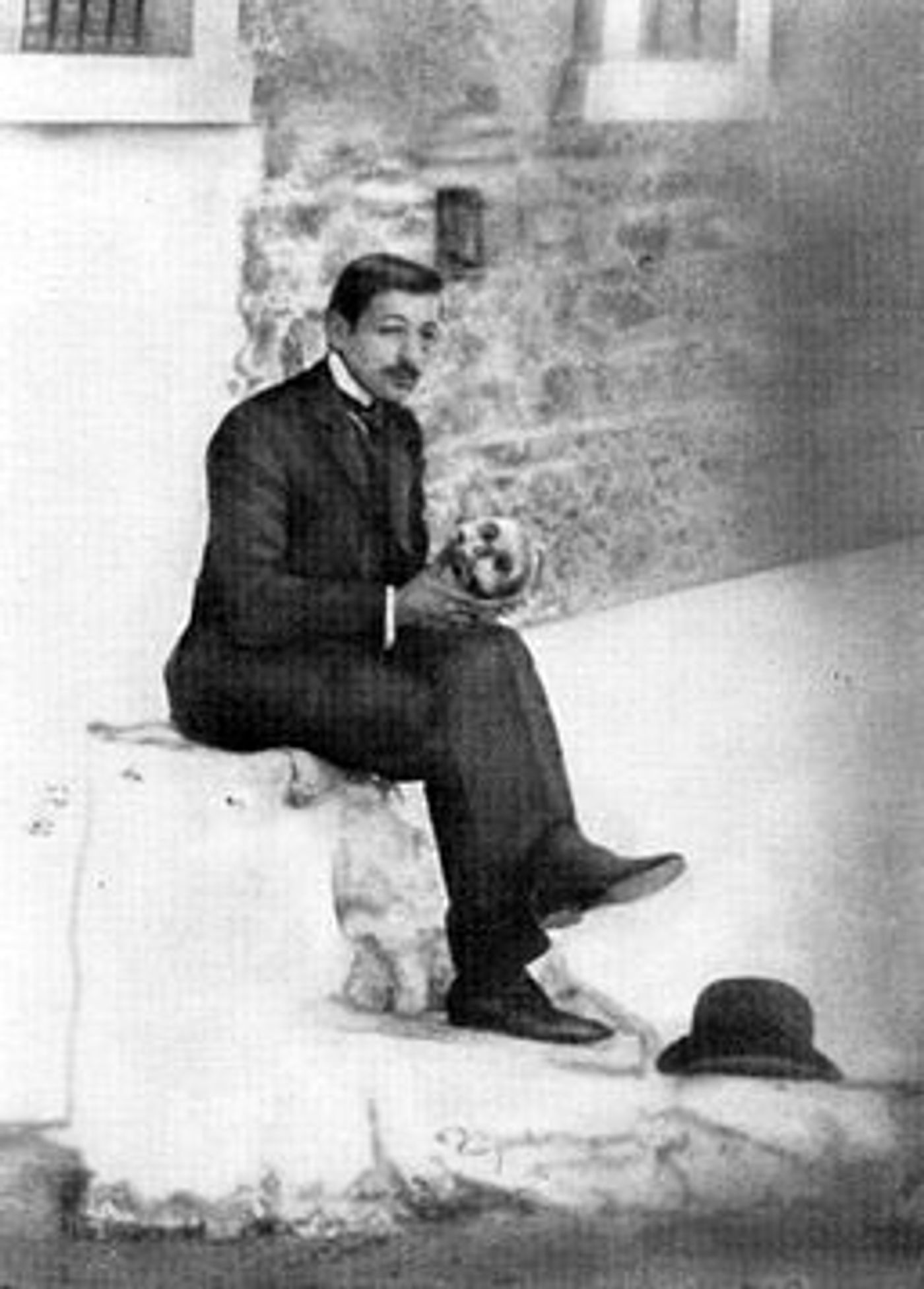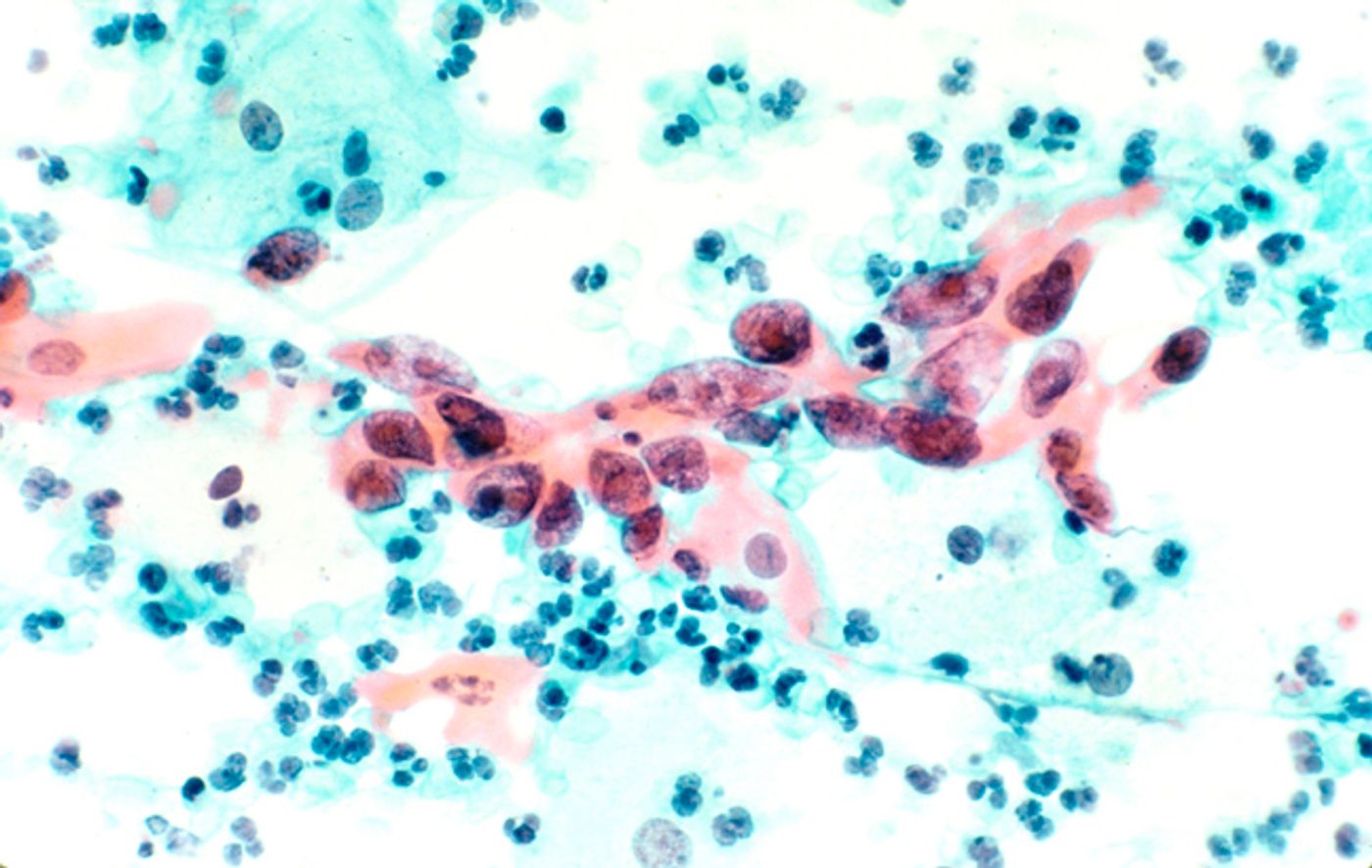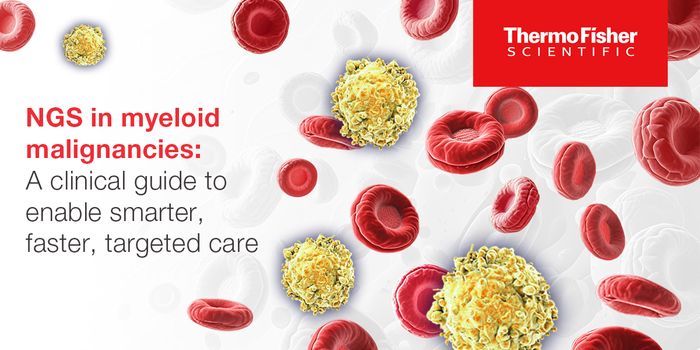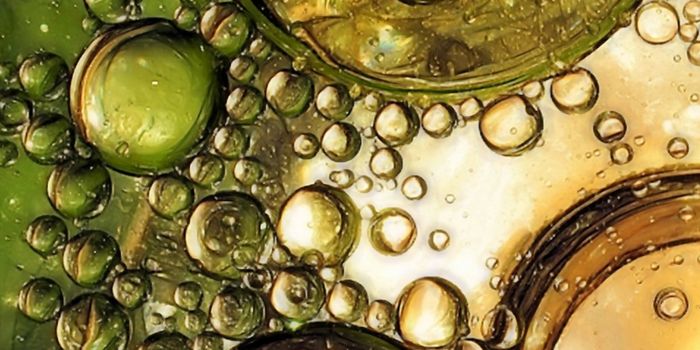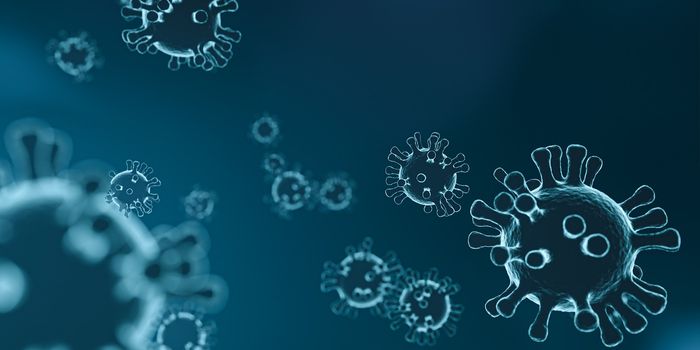February 19, 1962- The Death of George Papanicolaou: A Pioneer of Early Cancer Detection
Public domain via Wiki Commons, Photographer Unknown
Georgios Nikolaou Papanikolaou and Andromache Mavroyeni married in Athens on September 25, 1910. No, this is not the tagline for an upcoming prequel to My Big Fat Greek Wedding! Instead, it marked the beginning of a five-decade-long collaboration (in the personal and professional sense) that led to the development of a life-saving cancer screening tool, the “Pap smear.”
Georgios and Andromache grew up in Kymi, a small town on the Greek Island Euboea (also called Evia). Georgios graduated medical school in 1904, worked briefly as a surgeon in the Army, and then continued his medical training in Germany, where he trained extensively in microscopy and earned a PhD. Back in Greece, Georgios found limited research opportunities and a lack of satisfaction from treating patients in his small hometown.
After they married, George and Mary moved to Monaco where George worked as an oceanographer. The couple returned to Greece and George served in the Army during the Balkan War of 1912. Here, he met many American volunteers who told him about the research opportunities in the United States.
And to America the Papanicolaouses (also known as George and Mary Papanicolaou) went against the wishes of their families, not speaking the English language, and with only $250 to their name. They both found jobs at a department store, and George earned extra money by picking up odd jobs playing the violin and clerking at a Greek newspaper shop. George found a job in pathology at New York Hospital and quickly proved his value.
He moved to Cornell Medical College’s anatomy department, and Mary began working and volunteering as his assistant. George researched the estrogen cycle in guinea pig models, and then Mary agreed to serve as his first human subject. Mary continued providing samples to support George’s studies, and he affectionately introduced her as “my wife and my victim.”
Volunteers provided vaginal smears for microscopic evaluation, and George happened upon a malignant sample which he called “one of the most thrilling experiences of my scientific career.” George recruited other women with cervical cancer so he could validate his observations.
Cytological specimen showing squamous cell carcinoma in the cervix (cervical cancer). The tissue is stained with pap stain and magnified x200. Source: National Cancer Institute, Unknown Photographer
George first presented his findings in 1928. The New York World concluded that the technique would “prove valuable in determining cancer in the early stages of its growth when it can be more easily fought and treated.” However, years passed before the value of Papanicolaou’s screening tool became widely recognized.
In 1939 George opened a clinical trial where all women seen by the gynecologic service at New York Hospital provided vaginal samples. Using “Papanicolaou smear,” George could identify cervical cancer in asymptomatic patients who would have no reason to seek testing. In fact, George could find cases so early in development that, even with a biopsy, doctors couldn't detect cancer cells. George published in the American Journal of Obstetrics and Gynecology in 1941 and began teaching other physicians to read Pap smears.
George accepted the position as the Director of the newly formed Cancer Research Institute of Miami. Sadly, he died from a heart attack on February 19, 1962, three months before the planned dedication of the Institute.
To this day, the Pap smear remains the most significant tool in the fight against cervical cancer. A 2023 study estimated that cervical cancer screening had saved over 12 million years of life since 1996, when the United States Preventative Service Task Force (USPSTF) first recommended pap smears for screening. We have Dr. Papanicolaou to thank for a significant portion of those saved lives.
Sources: Obstet Gynecol, J Am Soc Cytopathol, Am J Ob Gyn, New York World News, BMC Health Sev Manag, NCI Visuals Online
